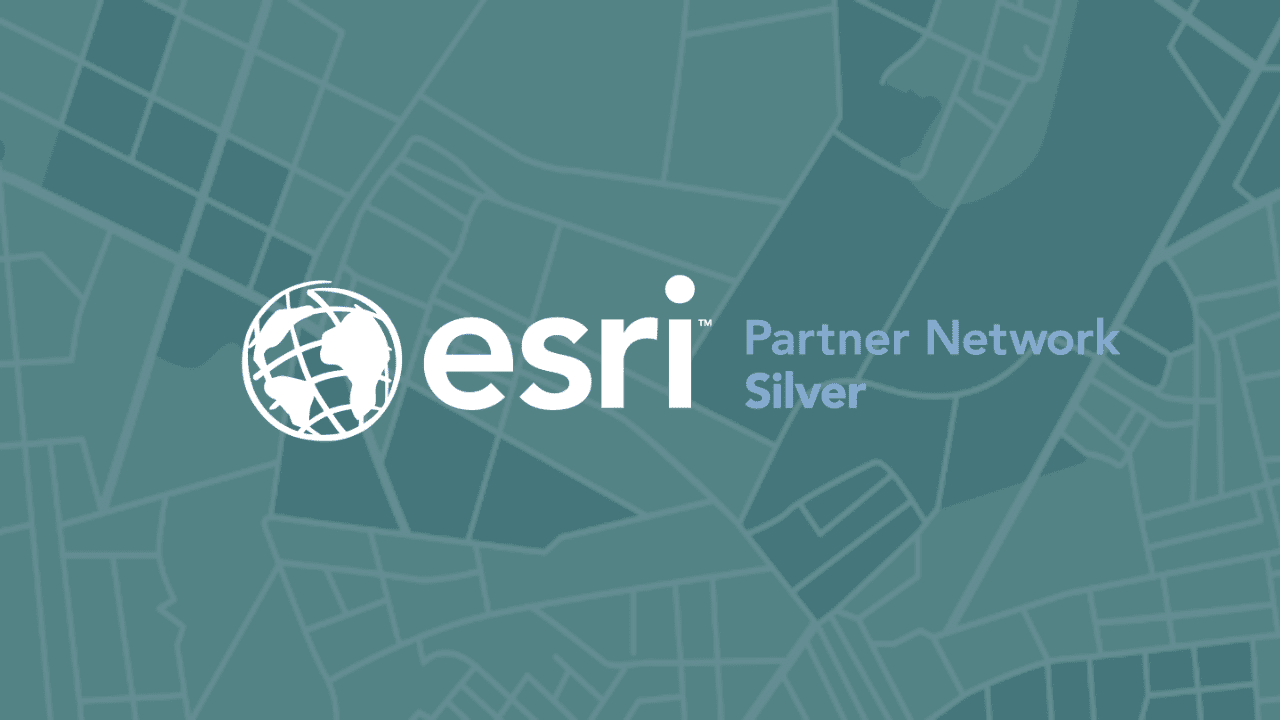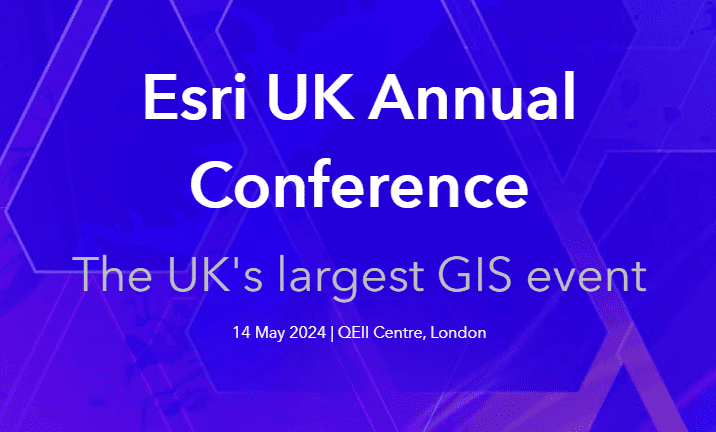Asset Data Management for Environmental Companies

Environmental companies play a critical role in today’s world. Asset data management and Geographical information systems (GIS) are essential for environmental companies to improve organisation, efficiency and decision-making.
Asset data management is acquiring, tracking, utilising, optimising and leveraging data assets to create value. Without proper data management, all types of data assets turn into liabilities. With increased human activity and impact on the environment, decreasing glacier area, increase in forest fires and floods, landslides and shortcomings in crops, GIS and asset data management is an essential tool for environmental companies.
We will look at applications of GIS and the significant benefits it has for environmental agencies.
What Is the Application of GIS for Environmental Companies?
A geographical information system is a powerful tool that enables environmental companies to achieve optimal performance. Environmental companies’ issues require timely and effective monitoring and the ability to make decisions quickly and intelligently.
GIS and remote sensing are highly effective for ecological data analysis and planning. They support optimal viewing and understanding of physical features and other influential factors in environmental conditions. Characteristics like the steepness of slopes, aspects and vegetation can be viewed and overlaid to understand environmental parameters and impact analysis.
GIS can analyse and display photographs while overlaying digital information to provide environmental data analysis. GIS is useful for identifying high-risk areas quickly and effectively, planning, monitoring and assessing hazards and risks and is a foundational tool for decision-making and mitigating risk.
GIS in Disaster Management
Early warning systems and support systems use GIS to identify areas most likely to be affected or are currently being affected, how to make preparations better, and where to direct recovery efforts and improve response times. GIS allows response teams to gain situational awareness, communicate with people and understand the impact of a disaster or event.
GIS in Air Quality Monitoring
The air we breathe is essential for a healthy life. GIS-integrated platforms can leverage sensors for air quality monitoring, analytics and planning to determine and accurately predict the PM levels of various areas.
It can identify the most hazardous places for people to live and help field officers to make decisions and take action to improve the air quality. Mobile apps have also become an essential part of this application to help people monitor area quality of their area, especially during forest fires.
GIS in Forest Fire Management
Wildfire management is becoming increasingly hazardous, and forest fires are becoming more common. GIS helps identify areas for potentially catastrophic forest fires, forest fire simulation and resource management.
Insurance companies and response teams also use GIS to determine areas in greatest need and which are most likely to be affected.
GIS in Managing Natural Resources
GIS is foundational in identifying the human impact on natural resources. Data collected about natural resources through aerial photography, remote sensing, or satellite imagery are mapped using GIS technology.
GIS mapping allows environmental companies to deal with issues such as drought, floods, climate change, habitat loss, population growth, landslides, soil erosion, earthquakes, etc. and provides visual data about land changes over time. The data collected improves decision-making and aids in restoration, protection and conservation efforts which are essential for our habitat and planet.
GIS is a critical tool for natural resource management in many sectors, including agriculture, water and more.
Benefits of GIS and Asset Data Management For Environmental Companies
Environmental companies significantly benefit from asset data management. Still, the most significant benefits go to our planet and its inhabitants.
Saving Time and Money
Asset data management and GIS improve efficiency and decision-making and support project management and repairs while improving environmental companies’ abilities to access real-time data. As a result, GIS saves a great deal of time and money and significantly helps manage the environment.
Spatial Insights
GIS is highly beneficial for assessing the environmental impacts of projects, human activity and disasters. Insight is gained by combining various spatial datasets and their attributes. Spatial data can include the following.
- Water, gas and electric planning
- Public protection
- Defence
- Natural resource management
- Telecommunication networks
- Erosion
Data Capture
GIS improves efficiency and makes gathering, storing, and analysing environmental data significantly more accessible in the field and the office. GIS apps allow data to be readily accessible and available with an accuracy of up to a few meters.
Interactive Maps
GIS supports interactive mapping portals allowing teams and administrative personnel to view and engage with spatial data relevant to their project. Organisations and all project team members have access to the same database. They can choose layers they want to view, query attributes and perform basic spatial questions like area calculations and distance measurements.
Monitoring and Managing Habitat Preservation and Restoration
GIS and asset data management significantly improve environmental companies’ abilities to develop, maintain and monitor essential habitat preservation and restoration projects. Environmental agencies also use GIS to map wetlands and aid in planning and developing sensitive ecosystems.
MGISS, Experts Dedicated to Helping Create a More Sustainable Future
Protecting our environment is vital, and while corrective actions are being taken worldwide to preserve it, more has to be done. GIS can help. GIS’s benefits are only limited by our ability to innovate and utilise it for preserving and protecting our environment.
MGISS is here to help your teams with geospatial insights and consultancy, geospatial training and geospatial software development to help conserve the natural world for future generations. We have sustainable solutions for environmental agencies and the utility and infrastructure sectors to help future-proof your business by improving efficiency and decision-making.
Contact us today for more information.
About
Empowering your decision making with the asset data truth. Independently advising on the smarter use of Geospatial data, technology and the digital transformation of field operations.



